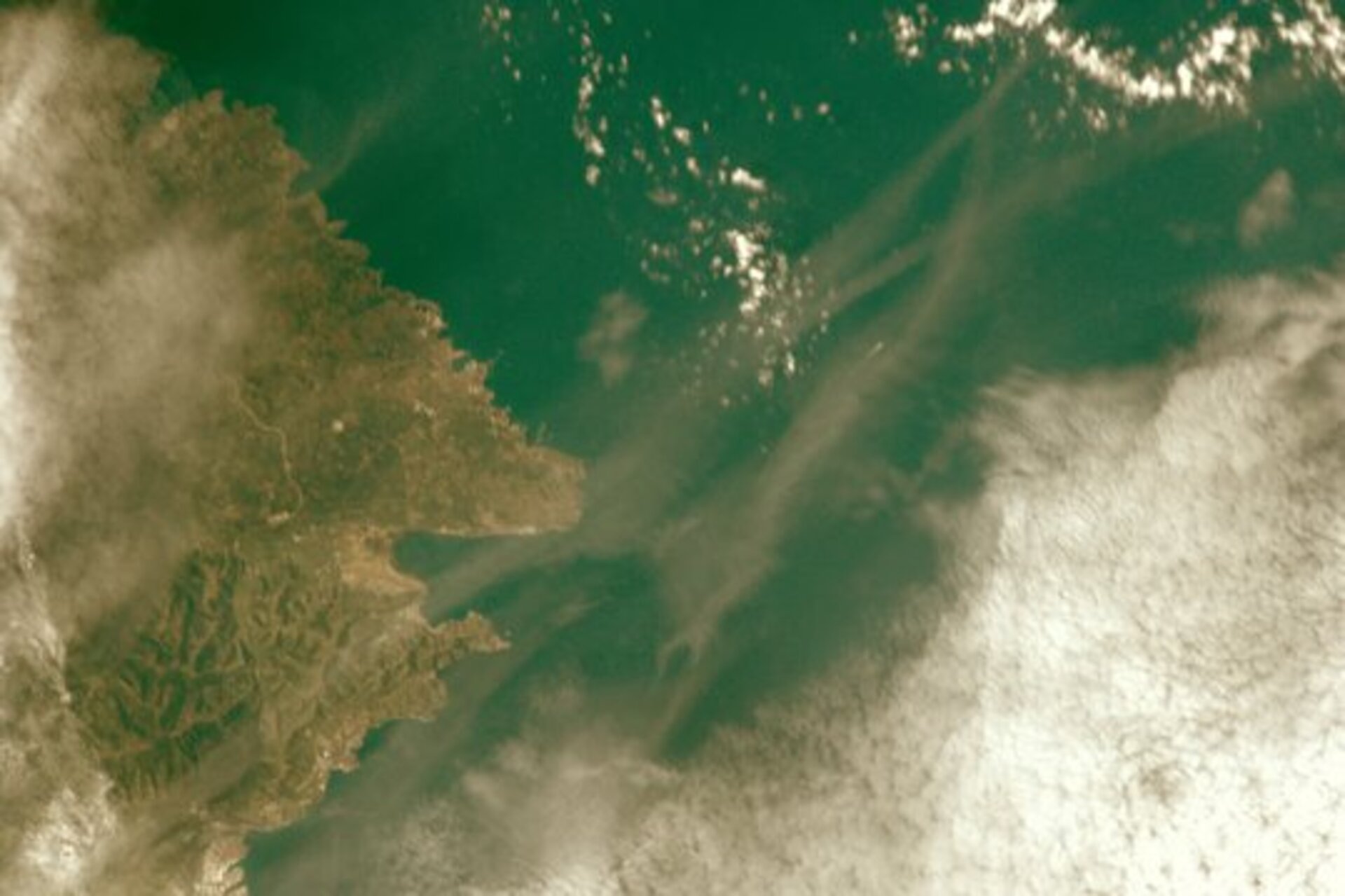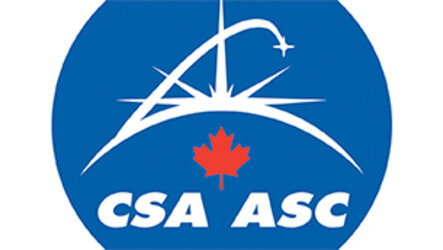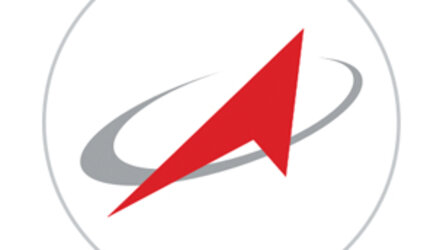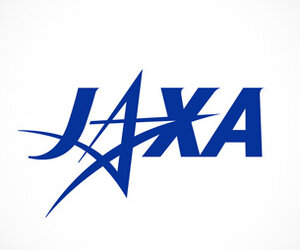Students Photograph Earth From Space via EarthKAM Program
Imagine this: you are a young and inquisitive middle-school student, investigating and examining the vastness of Earth’s majestic mountain ranges, coastlines, oceans and other geographic imprints. Now, envision the thrill of doing so from the vantage point of an astronaut! Earth Knowledge Acquired by Middle School Students, or EarthKAM, allows students to do just that—view and capture images of their world from an astronaut’s perspective!
EarthKAM is a NASA-funded educational outreach program run in collaboration with the University of California at San Diego. The goal is to provide an enriched and enhanced educational experience to motivate students toward math and science studies. The camera allows students worldwide to examine and photograph Earth from the unique vantage point of the International Space Station.
EarthKAM uses a Nikon D2Xs digital camera mounted in the Window Observational Research Facility, or WORF, which uses the science window located in the U.S. Destiny Laboratory. This window’s high quality optics capabilities allow the camera to take high-resolution photographs of the Earth using commands sent from the students via the online program. Students and educators then use the photos as supplements to standard course materials, offering them an opportunity to participate in space missions and various investigative projects. Creators of EarthKAM hope that combining the excitement of this space station experience with middle-school education will inspire a new set of explorers, scientists and engineers.

Students use EarthKAM to learn about spacecraft orbits and Earth photography through the active use of Web-based tools and resources. With the help of their teachers, they identify a target location and then must track the orbit of the station, reference maps and atlases and check the weather prior to making their image request. These requests funnel to another set of students, this time at the University of California at San Diego. These college students run the EarthKAM Mission Operations Center, or MOC, for the project. Here they compile the requests into a camera control file and, with the help of NASA’s Johnson Space Center, then uplink the requests to a computer aboard the space station.
Requests ultimately transmit to the digital camera, which then takes the desired images and transfers them back to the station computer for downlink to EarthKAM computers on the ground. This entire relay process usually completes within a few hours, and the photos are available online for both the participating schools and the public to enjoy.
As an added bonus, EarthKAM does not require much attention aboard the space station, which allows the astronauts to pay more attention to the other more involved payloads. According to Annie Powers, a NASA flight controller in the Cargo Integration and Operations Branch at the Johnson Space Center, “The crew’s main role is the set up: they position the camera on a bracket over the window, adjust the camera settings, connect the USB cable to the laptop and start the EarthKAM software. But, after set-up, all the crew has to do is periodically change the camera battery, and we usually have them swap to a different lens mid-week. It’s a very autonomous system; it pretty much just snaps away!”
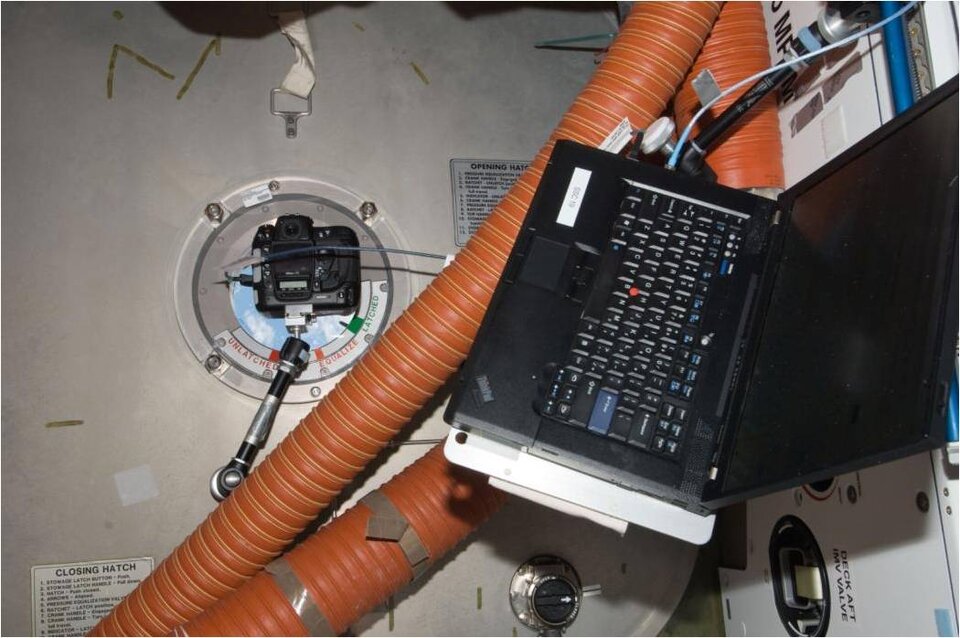
In its earliest stages, the EarthKAM program went by the name of KidSat, coined by NASA astronaut and creator of the program Sally Ride. EarthKAM flew on five shuttle flights prior to its relocation to the space station in 2001. The EarthKAM camera has since been a permanent payload aboard the space station and supports approximately four missions annually. July 2011 marked the most recent session of EarthKAM.
The EarthKAM program brings education out of the textbooks and into real life for students. From its first space station expedition in March 2001 to now, EarthKAM has touched the lives of over 165,000 student participants and an unknown number of online followers. The program also has a strong international presence with users from 41 countries to date. “With every new mission,” added Powers, “you can just see the numbers growing because [EarthKAM] is so automated now!” Interested viewers of EarthKAM images and educators interested in participating have the opportunity to register online.
Arun Joshi, International Space Station Program Science Office
NASA Johnson Space Center


